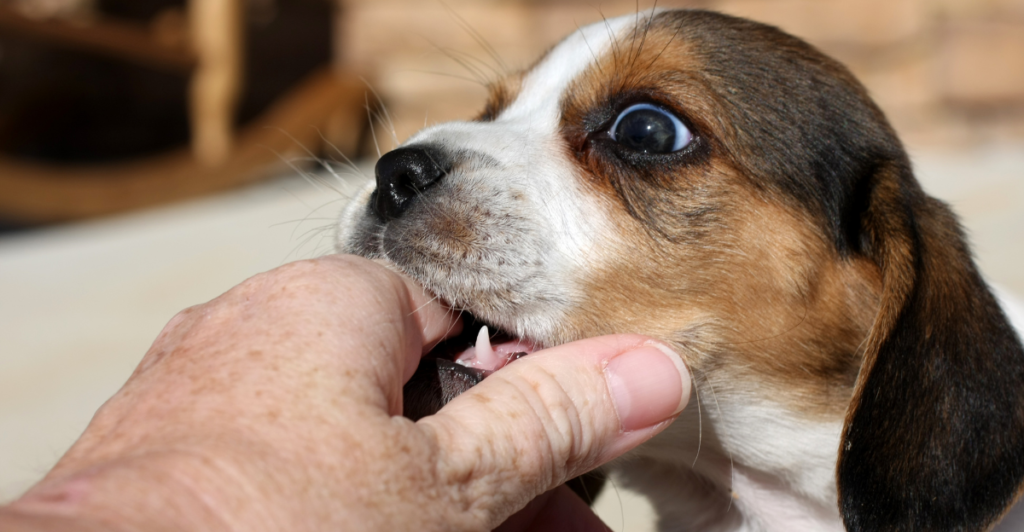
Puppy biting may be a natural part of their development, but that doesn’t make it any less frustrating—or painful! As adorable as your new furry friend is, those sharp little teeth can quickly turn playtime into a challenge. Thankfully, you don’t have to grin and bear it. You can teach your puppy to channel their energy and instincts appropriately with the right techniques. These are twelve instant solutions to stop your puppy from biting you.
1. Redirect to a Toy
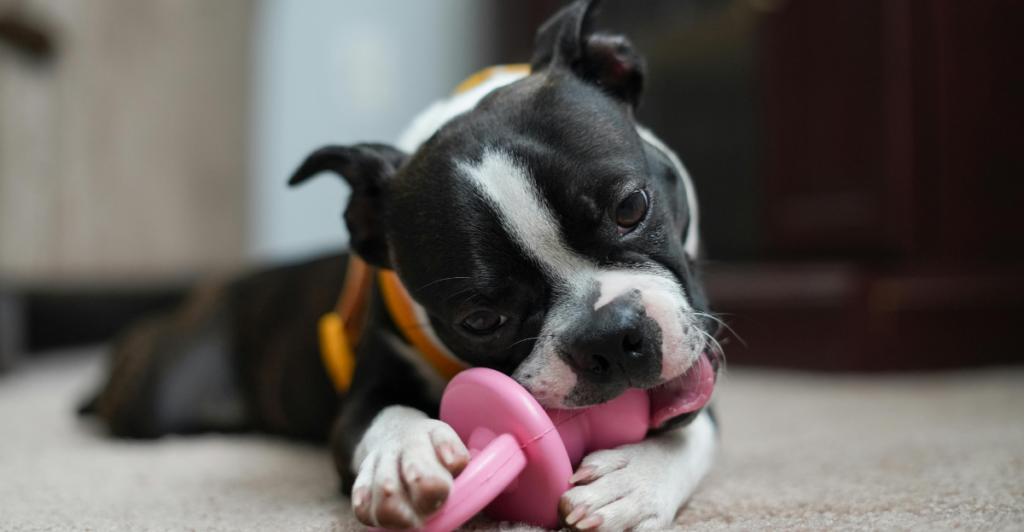
Immediately offer an appropriate chew toy when your puppy starts to nip or bite. This teaches them what they’re allowed to bite and chew on. Keep various toys easily accessible so you can quickly redirect their attention. Use toys of different textures and sizes to keep your puppy interested. Praise your puppy when they chew on the toy instead of you.
2. Use the “Ouch” Method
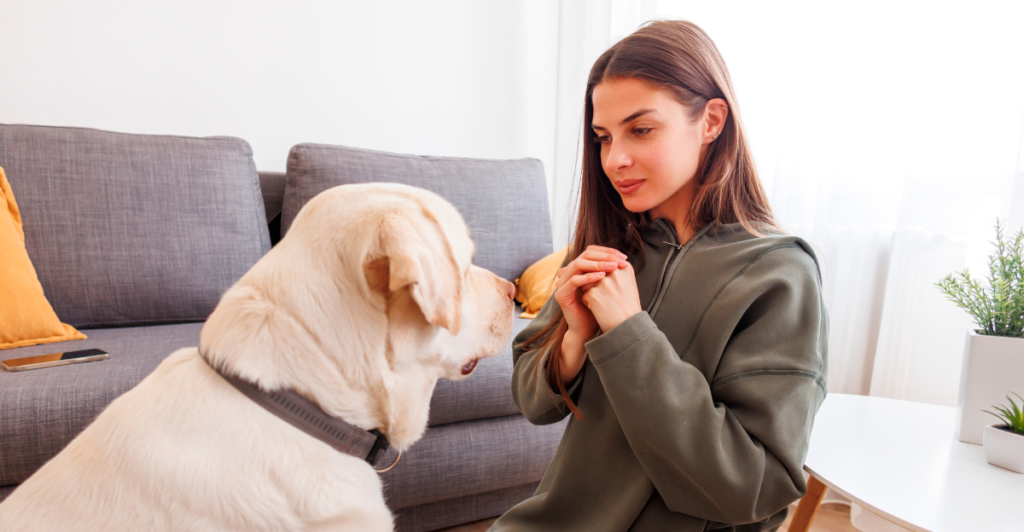
If your puppy bites too hard during play, let out a high-pitched “Ouch!” and stop playing immediately. This mimics how puppies learn bite inhibition from their littermates. The sudden noise and cessation of play teach your puppy that biting too hard has consequences. After a brief pause, resume play if the puppy is calm. Consistency is key for this method to be effective.
3. Implement Timeouts
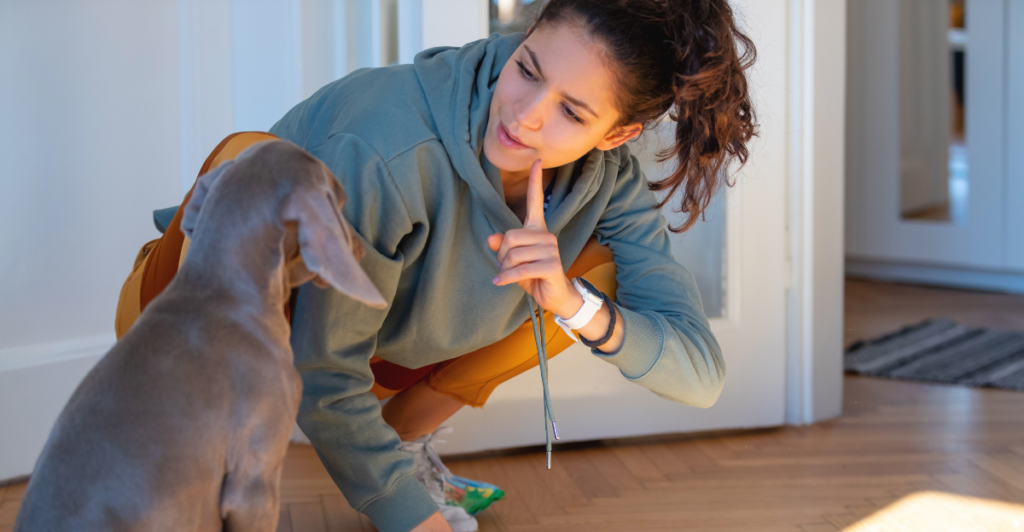
If redirecting and “ouch” don’t work, calmly place your puppy in its crate or playpen for a short 30-60-second timeout. This teaches them that biting ends playtime. It’s crucial to remain calm and avoid using the timeout as punishment. Keep timeouts brief to maintain their effectiveness.
4. Provide Plenty Of Exercise
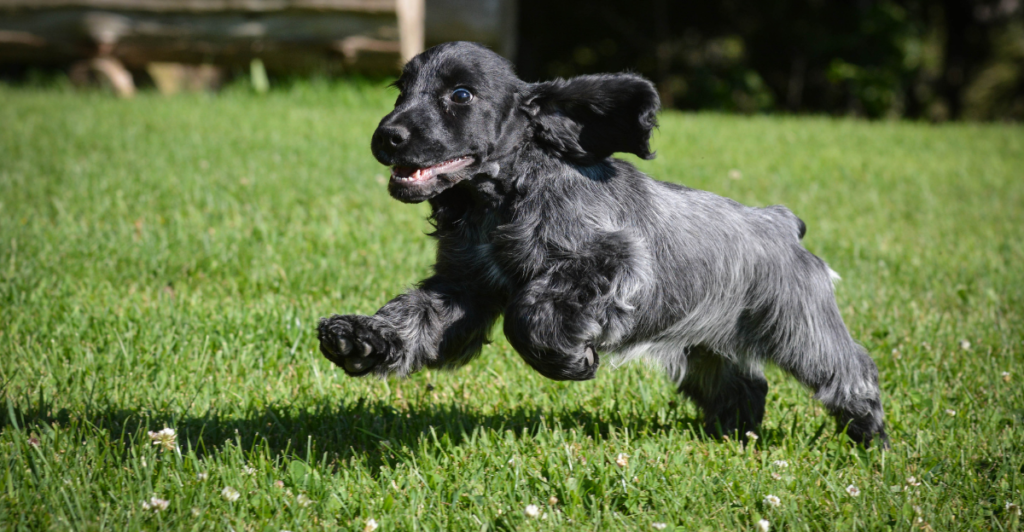
A tired puppy is less likely to engage in mouthy behavior. Ensure your puppy gets adequate physical activity and mental stimulation throughout the day. This can include walks, playtime, training sessions, and puzzle toys. The amount of exercise needed varies by breed and age, so consult your vet for appropriate guidelines. Remember that mental stimulation can be just as tiring for puppies as physical exercise.
5. Use Taste Deterrents
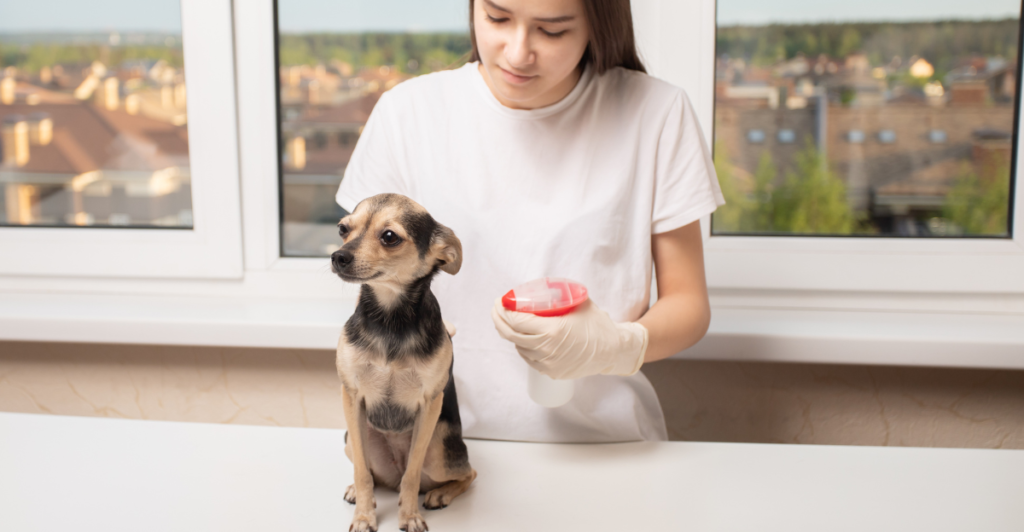
Apply a pet-safe bitter spray to areas your puppy likes to nip, like hands and ankles. The unpleasant taste will discourage biting. Be consistent when applying the spray and reapply as needed. Some puppies may need to experience the taste several times before they learn to avoid it. Always use products specifically designed for pets and follow the instructions carefully.
6. Teach the “Leave It” Command
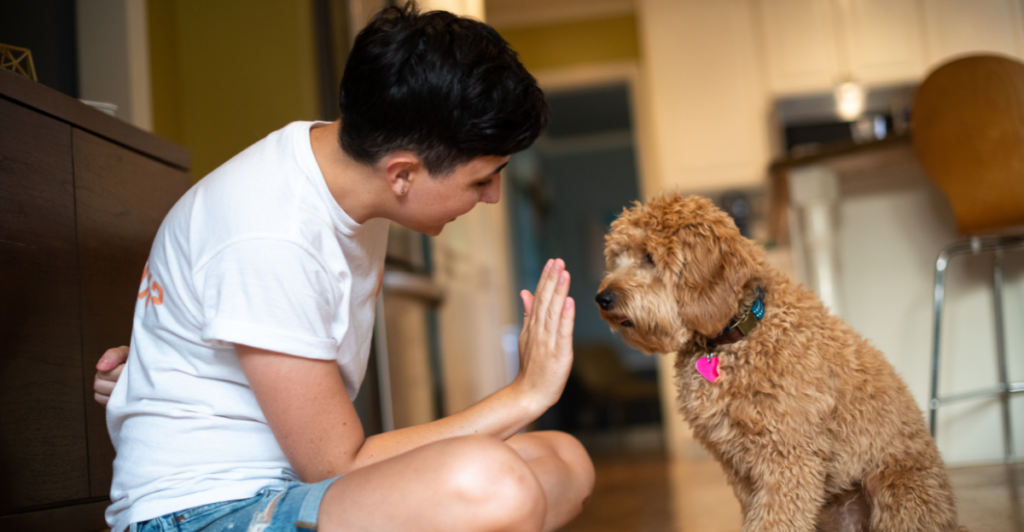
Train your puppy to respond to “leave it” when they start to mouth or nip. Start by teaching the command with toys, then progress to your hands or clothing. Reward your puppy generously for backing off when you say, “Leave it.” This command can be useful in many situations beyond stopping biting, so it’s a valuable skill to teach.
7. Avoid Rough Play
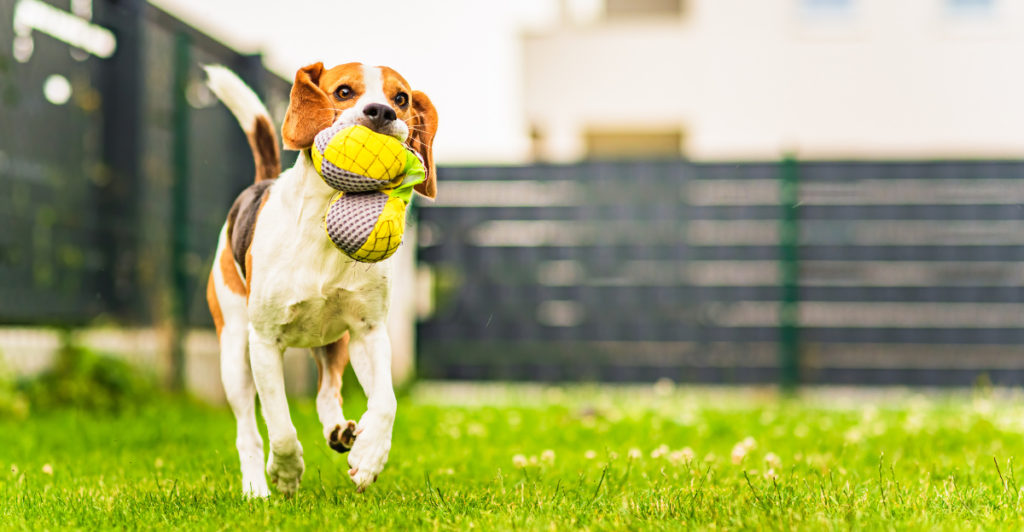
Don’t encourage your puppy to mouth your hands during play. Instead, engage in games like fetch that keep your hands away from their mouth. Use long toys for tug-of-war to keep your hands at a safe distance. Teach your puppy to play gently and always stop playing if they become too excited or start biting.
8. Provide Appropriate Chew Toys
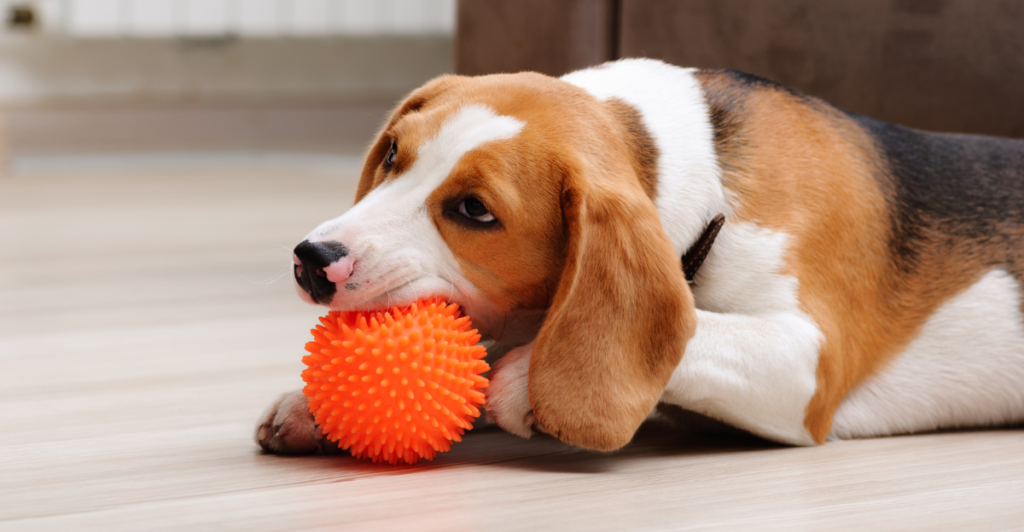
Offer a variety of chew toys appropriate for your puppy’s age and chewing style. Rotate toys to keep them interesting. Include toys of different textures, sizes, and purposes (chewing, fetching, puzzle toys). Always supervise your puppy with new toys to ensure they’re using them safely. Replace toys when they become worn or damaged.
9. Use Positive Reinforcement
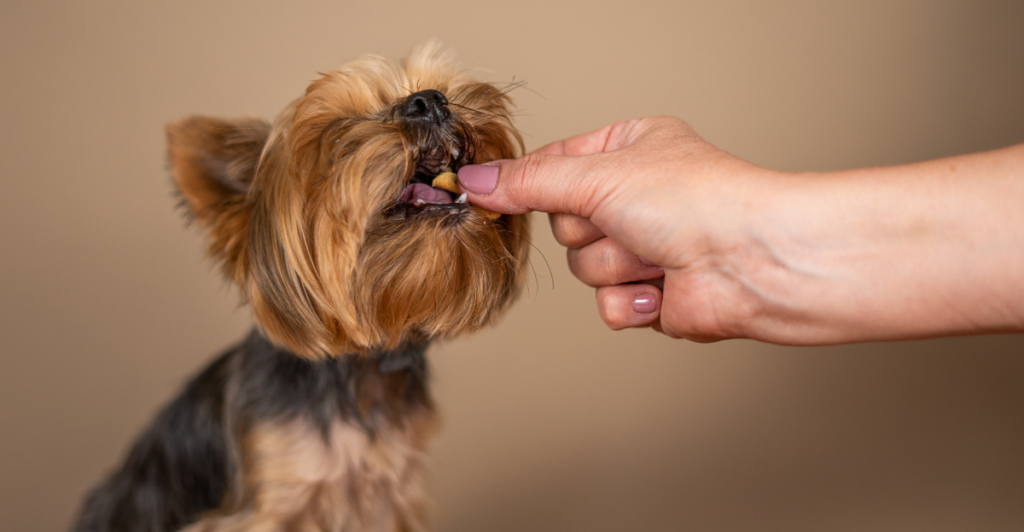
Reward your puppy with treats and praise when they play gently without nipping or biting. This reinforces good behavior and makes it more likely to be repeated. Be quick to reward the desired behavior, as timing is crucial in positive reinforcement training. Use high-value treats for the best results.
10. Implement Consistent Rules
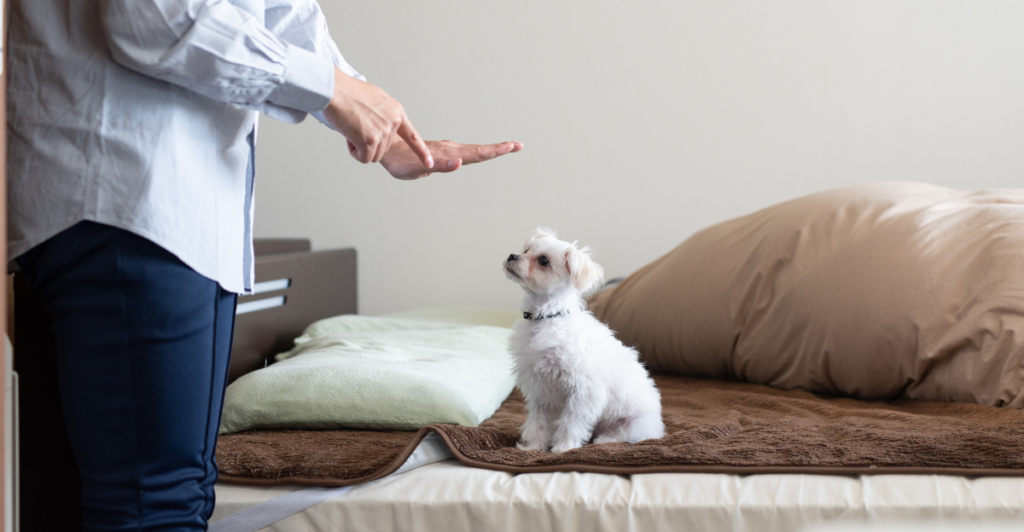
Ensure all family members follow the same rules about puppy biting. Consistency is key in training. Hold a family meeting to discuss the rules and methods everyone will use. This will prevent confusion for the puppy and speed up the learning process. Remember that guests should also be informed about how to interact with your puppy.
11. Offer Ice Cubes or Frozen Toys
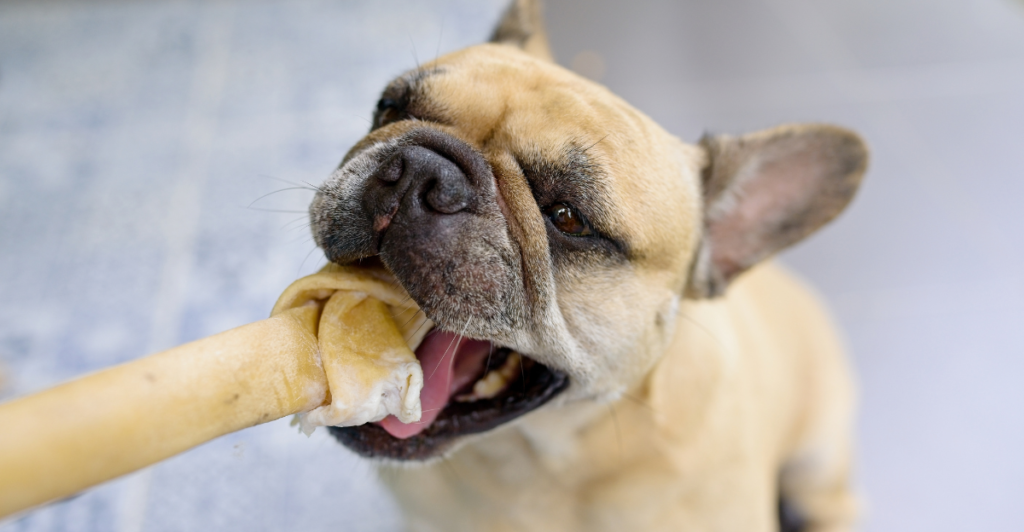
Chewing on something cold can soothe teething discomfort and redirect biting behavior. Freeze wet washcloths or puppy-safe teething toys for your puppy to chew on. You can also offer small ice cubes as a treat. Always supervise your puppy when giving them frozen items.
12. Enroll in Puppy Classes
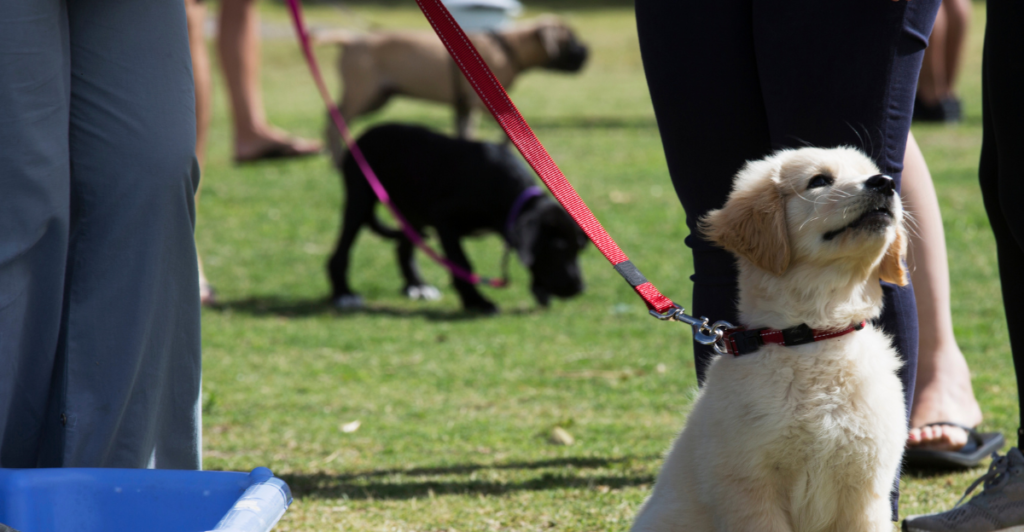
Professional training classes can provide structured socialization and help address biting issues. These classes offer expert guidance and allow your puppy to learn appropriate play behavior with other puppies. They also allow you to learn proper training techniques and get personalized advice for your puppy’s needs.
Discover more of our trending stories and follow us to keep them appearing in your feed

11 Strongest Animals On Earth and Where to Find Them
12 Foods That Should Never Be Fed To Dogs
10 Human Foods That Are Safe And Healthy For Dogs
12 Reasons Cats and Dogs Belong Together
Stay connected with us for more stories like this! Follow us to get the latest updates or hit the Follow button at the top of this article, and let us know what you think by leaving your feedback below. We’d love to hear from you!







